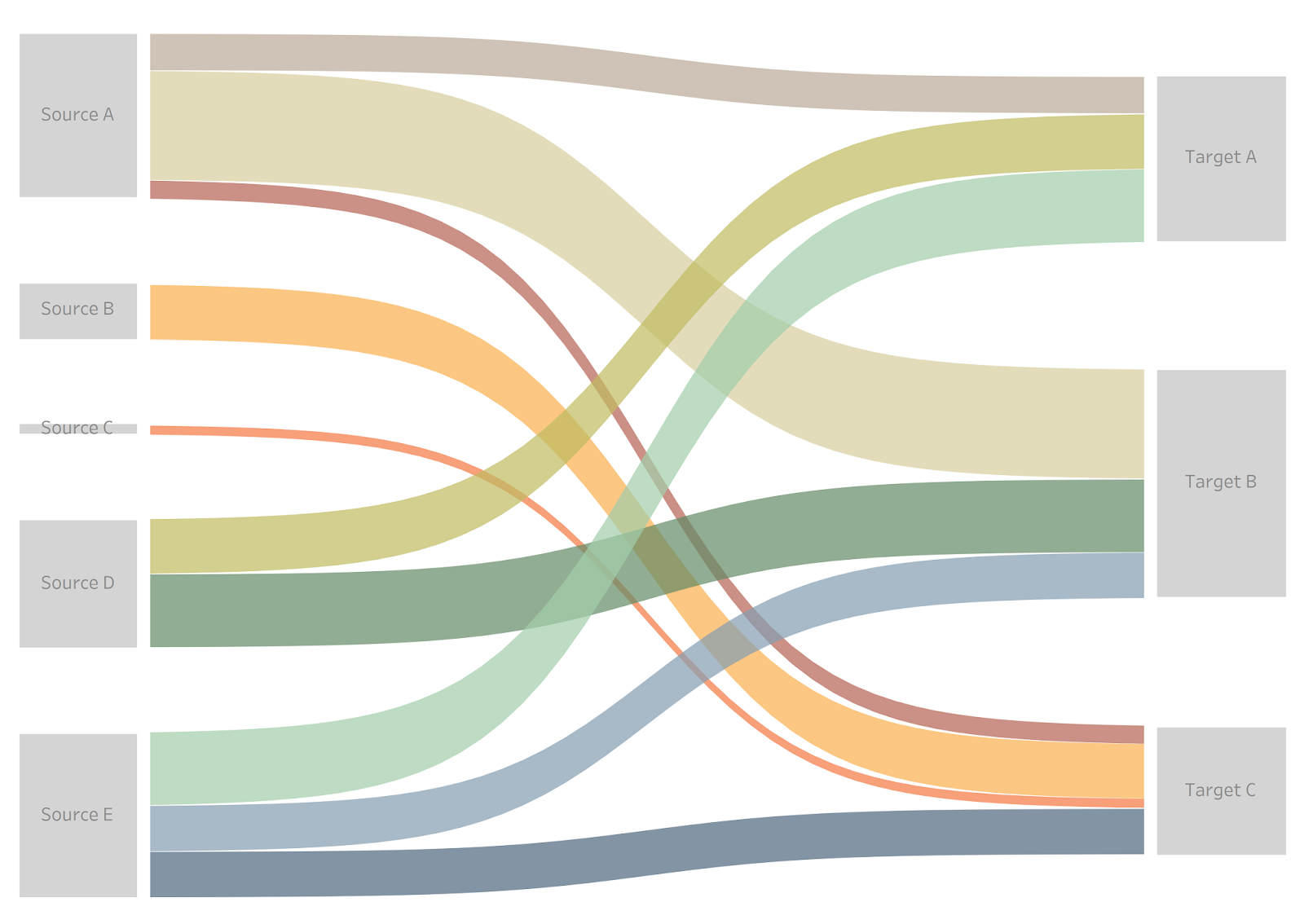Omnichannel Attribution Modelling in Salesforce - Bunq Case Study (In Development)
A comprehensive attribution model implementation in Salesforce to track customer journeys across multiple touchpoints for Bunq digital bank.

Project Overview
This project involved developing a sophisticated omnichannel attribution model within Salesforce to help Bunq Digital Bank understand their customer acquisition funnel and optimize marketing spend across various channels.
Challenge
Bunq needed to track customer interactions across multiple touchpoints including:
- Social media advertising
- Email campaigns
- Website interactions
- Mobile app engagement
- Referral programs
The existing tracking system provided limited visibility into the customer journey, making it difficult to attribute conversions accurately and optimize marketing budget allocation.
Solution
Data Integration Architecture
I designed and implemented a comprehensive data integration solution that:
- Unified data sources - Connected Google Analytics, Facebook Ads, email marketing platforms, and internal app analytics into Salesforce
- Real-time tracking - Set up automated data pipelines to capture customer interactions in near real-time
- Attribution modeling - Developed custom attribution algorithms using Apex to assign conversion credit across touchpoints
Technical Implementation
// Sample Apex code for attribution calculation
public class AttributionCalculator {
public static void calculateAttribution(List<Customer_Journey__c> journeys) {
for(Customer_Journey__c journey : journeys) {
List<Touchpoint__c> touchpoints = getTouchpoints(journey.Id);
Map<String, Decimal> attribution = applyAttributionModel(touchpoints);
updateAttributionWeights(journey.Id, attribution);
}
}
}
Results
The implementation delivered significant improvements:
- 40% increase in marketing ROI through better budget allocation
- 25% reduction in customer acquisition cost
- Real-time visibility into customer journey performance
- Data-driven insights for campaign optimization
Key Learnings
This project highlighted the importance of:
- Clean data architecture for accurate attribution
- Balancing model complexity with practical insights
- Stakeholder alignment on attribution methodology
- Continuous model refinement based on business outcomes